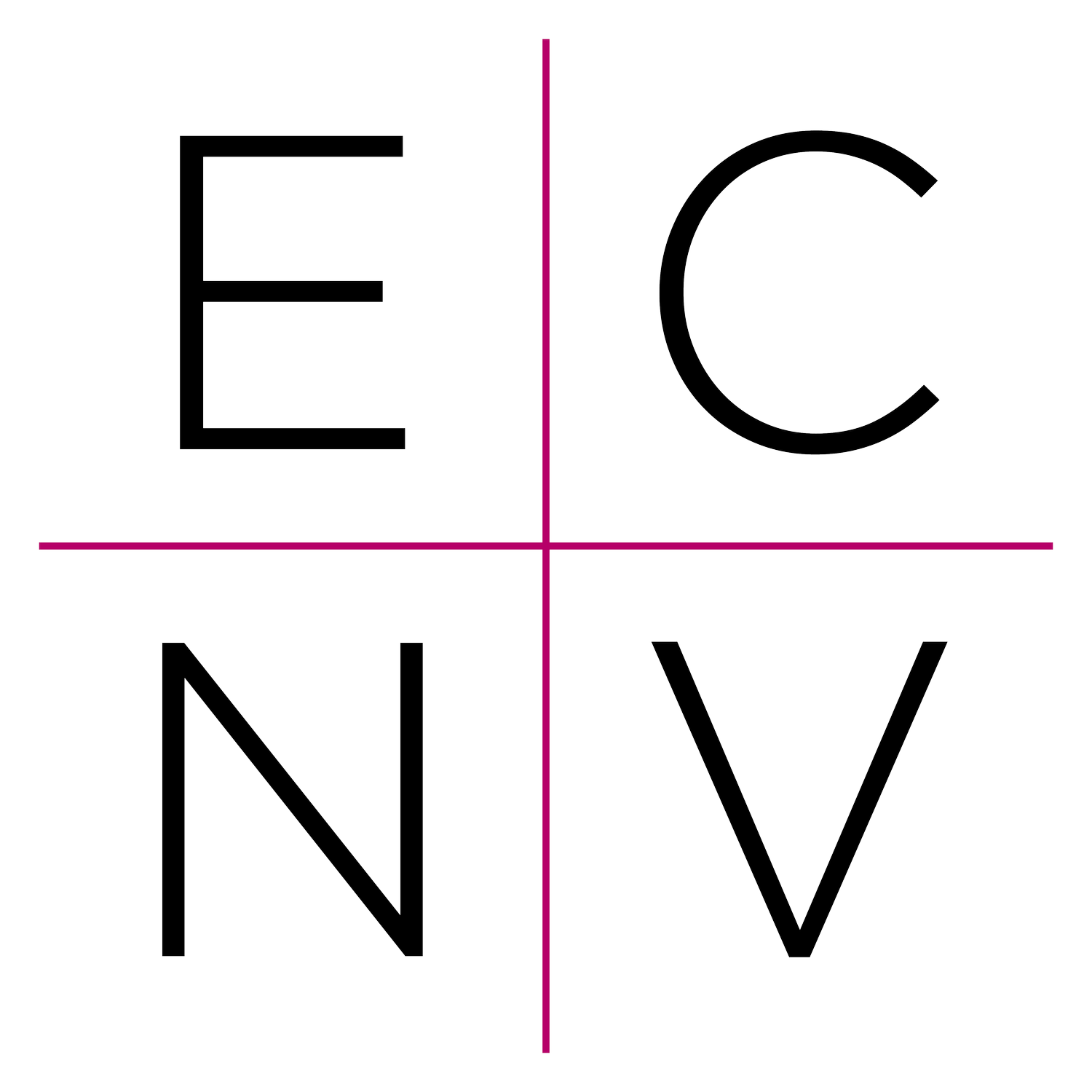My Experience at the Conference
By Rushil Prasad, ECNV Peer intern
Originally Published November 2022, ECNV Newsletter
The following is a blog post from the point of view of ECNV mentor Rushil Prasad attending the Virginia Centers for Independent Living (VACIL) Conference in Charlottsville, VA last month.
On October 26-27 I visited Charlottesville, VA to attend a VACIL (Virginia Associations for Centers of Independent Living) conference. The conference itself began on October 27 at 10:00AM; everyone attending the conference had to wear name badges and were assigned to sit at tables with designated numbers.
At the table I was assigned to, I was sitting next to a person named Amy (if I remember her name correctly) as well as a blind woman with a cane. Although I don't remember the name of that women with a cane, I do recall that during the conference she delivered an autobiographical speech about how she experienced discrimination for being both black and female. During the speech, she also mentioned that she was diagnosed with a disease that made her blind at age 30.
During a break between the talks, I did have a chance to converse with Amy. Amy said that she works at a CIL (Center for Independent Living) located in Southern Virginia. For her job as a peer mentor, she stated that she does a lot of traveling throughout the state, including going to Virginia Beach. I replied back to her saying that – just like her – I work as a peer mentor at a CIL located in Virginia, but – unlike her – I don't have much experience with navigating across Crystal City all by myself. I also told her that I have recently filled out the intake for travel training and am waiting to start being trained on how to use public transportation to go from my home to my workplace and vice versa.
The first talk in the conference was on elevator speeches – in other words how to concisely communicate to other people about your organization in just 1 or 2 sentences. The person delivering the talk said that the key to doing this is to state these 3 characteristics about the organization:
the organization's purpose;
its audience; and
what makes the organization unique in contrast to similar organizations.
The talk was then followed by a series of examples given by the conference's attendants who were also leaders of CILs. One women, in her example, gave an analogy to CILs being like GPS's; in the same way that global positioning systems can show the driver directions to a destination but the choice of putting the keys in the car and starting the vehicle rests with the driver himself a CIL can offer disabled people access to resources but is not responsible for whether or not the individual actually uses those resources.
After lunch break, there were several other talks: these talks were on transportation and housing. The speaker delivering the talk on transportation highlighted the challenges faced with how autonomous vehicles interact with disabled people. This talk was followed by comments from the audience in the room; I remembered that during the comments session one man described his experience with using automated public transportation in Virginia. He complained that automated transit has made it more difficult to accommodate disabled people since disabled passengers cannot tell machine driving the vehicle special requests (such as if they need to be strapped to their seats during transit), unlike with talking to a human driver.
The talk on housing was on major regulatory and economic barriers that are right now place that discourages the construction of accessible housing. The speaker of the talk stated that the Fair Housing Act only requires that 2% of new construction actually meet the Act's criteria for disabled-people friendly design. One woman did comment, nevertheless, did comment on how she and others are negotiating with city councils in an attempt to raise that percentage to 5% or 10% of new construction. One person (I don't remember if it is that same woman) also spoke of several strategies to address the rising cost of constructing new homes; she proposed to convert abandoned buildings (such as libraries) into new homes rather than look for new sites for construction. Another proposal she spoke of was for multifamily housing units (such as apartments) to incorporate both accessible housing units as was regular housing units (for instance, an apartment with stairs, but no elevators, could have its 1st floor feature only disabled-people friendly housing units while its other floors filled with regular housing units); she stated that this strategy has the benefit of more efficiently reaching percentage requirements for new construction.
Overall, I found the whole conference to be very informative with regards to the challenges that disabled people are currently facing. I do desire to attend other VACIL conferences and learn more about how to best serve the disabled community.
